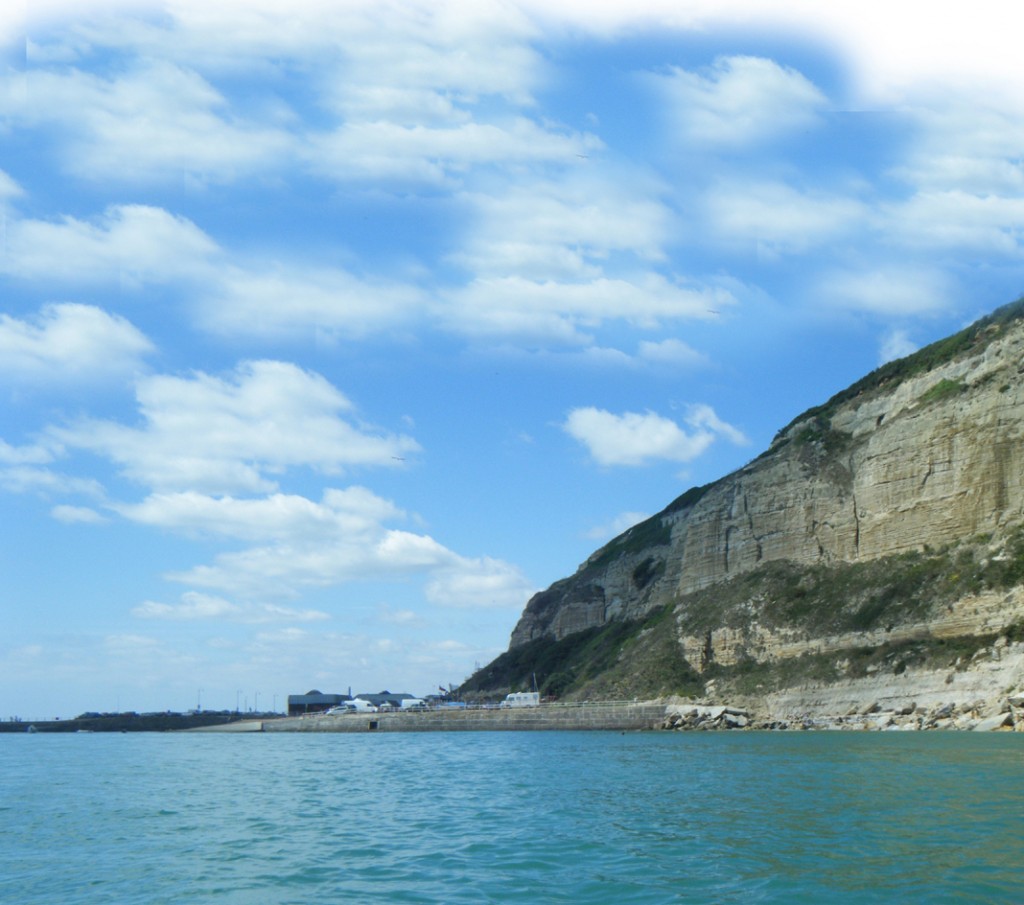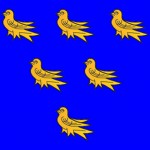Celebrate Sussex
We live in one of the most beautiful parts of the country.
Our county of Sussex is roughly 80 miles broad from East to West, and about 20 miles deep from North to South. To the North is the High Weald which was ancient forest, and which is still heavily wooded today, and is an Area of Outstanding Natural Beauty.
The Ashdown Forest is part of this and the highest point is Blackdown Hill, 918 feet. Moving south you drop down to the Low Weald, a broad, flat and fertile farming area. Further south still, from Eastbourne to Harting and beyond, rise up the green chalk hills of “our blunt, bow-headed, whale-backed Downs”, as Kipling described them.
As well as being an AONB they have now become our latest National Park. From the top of the Downs looking south you can see the coastal plain where Chichester and Arundel sit, and, of course, the sea of “good old Sussex by the sea”. To complete our tour there are the nature reserves of Chichester and Pagham Harbours to the East, and Pevensey Levels and the Romney Marsh, near Rye to the West.
Sussex derives its name from Old English, first recorded us ‘Suth Seaxe’ in 722AD, the kingdom of the South Saxons. Its name is older than the name of England itself. Traces of the earliest inhabitants have mainly been found along the foot of the Downs, famously at Boxgrove where the Down’s once met the sea, and along the rivers Arun, Adur, Ouse, and Cuckmere, which cut through the landscape.
Bronze Age hill forts are still to be seen on top of the Downs, and Iron Age finds show that people now lived on the coastal plain. In Roman times roads were built across the landscape and evidence of iron workings are found across the High Weald. In late Saxon Sussex, most settlements were no larger than a hamlet. The Normans divided the county into administrative regions (the rapes of Chichester, Arundel, Bramber, Lewes, Pevensey, and Hastings), each with a slice of the landscape, castle, river, and harbour.
In modern times the bulk of the population is still concentrated in seaside towns, and now the new City of Brighton and Hove. The other major centre is Crawley. The harshness of the High Weald which took centuries to conquer led to the famed stolid character of the Sussex people and their motto “We wunt be Druv”.
Whether you are Sussex born and bred, or a newcomer to the county, we invite you to celebrate Sussex, by visiting the many attractions our county has to offer, celebrating Sussex Day (the 16th of June, the feast day of St Richard of Chichester, patron saint of Sussex).
Fly the flag of Sussex – six yellow martlets (birds) on a blue background. This was registered by the Flag Institute on 21st May 2011. You are invited to visit the website of The Sussex Association, affiliated to the Association of British Counties, which is dedicated to promoting and preserving the identities of the 86 traditional counties of Britain.
Contacts: David and Brady Ells, The Sussex Association, Heathfield, Sussex. (www.sussexassociation.webs.com)
The Association of British Counties (www.abcounties.co.uk)
Leave a Response
You must be logged in to post a comment.



